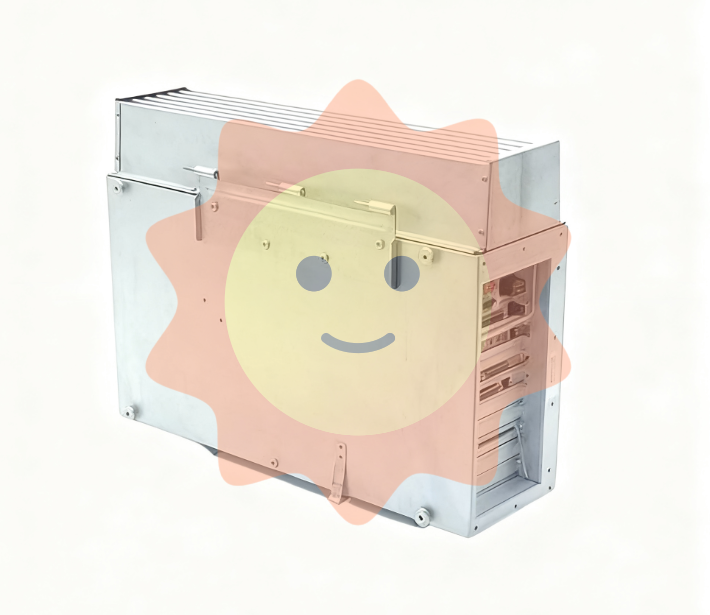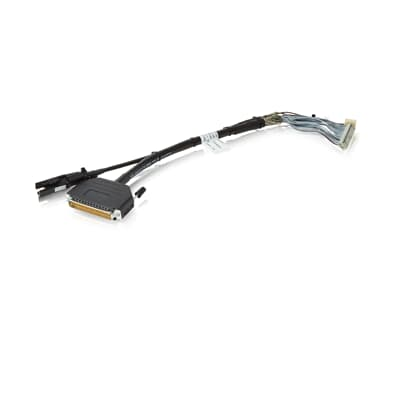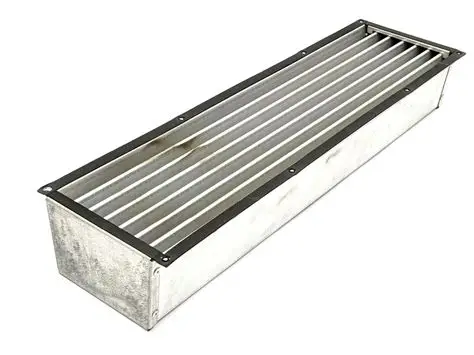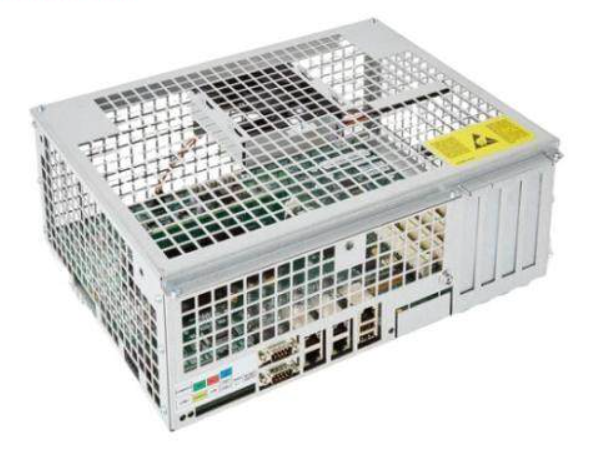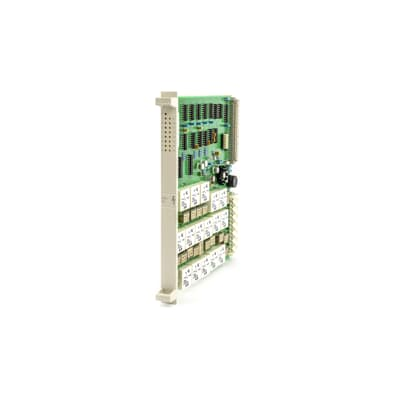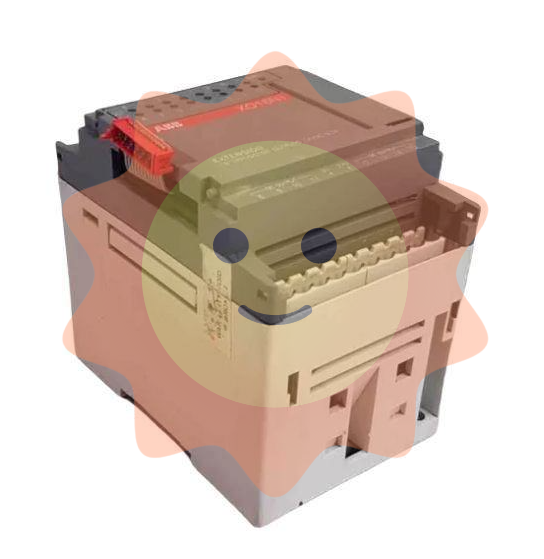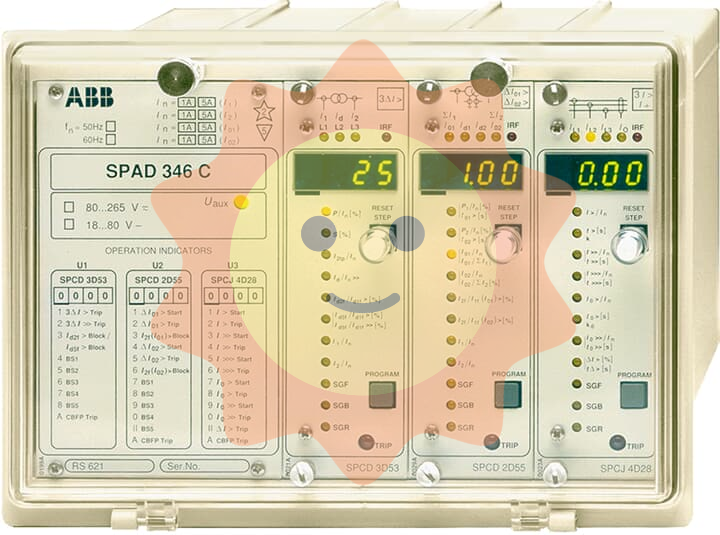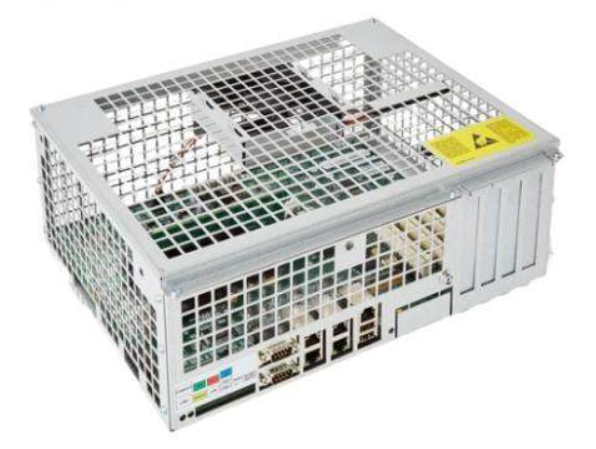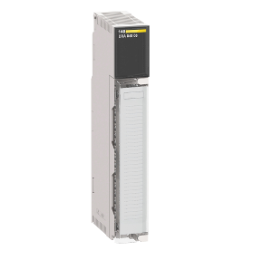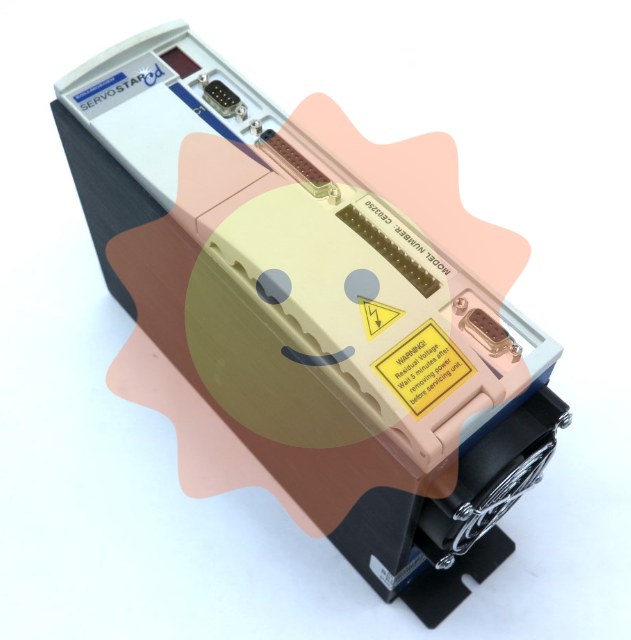Record of ultra-deep oil and gas exploration and development in Tarim Oilfield
Tarim basin, the largest oil-bearing basin in China, is home to more than 80% of the country's ultra-deep Wells. With extraordinary perseverance, innovative theory, superb technology and advanced equipment, Tallimu Oilmen have drilled 41 ultra-deep Wells with vertical depths of more than 8,000 meters.
In August, when the sun breaks through the clouds and casts its light on the vast Taklimakan Desert, a series of red-and-white derricks dot the landscape, exuding a bleak industrial beauty.
As far as the eye can see, it is a magnificent picture of the modern oil industry. Tarim basin, the largest oil-bearing basin in China, is home to more than 80% of the country's ultra-deep Wells. With extraordinary perseverance, innovative theory, superb technology and advanced equipment, Tallimu Oilmen have drilled 41 ultra-deep Wells with vertical depths of more than 8,000 meters.
Tarim Basin is endowed with natural oil and gas resources, but also has an unpredictable temperament. Drilling here, it's like a very expensive blind box.
In the daunting no man's land, blade mountain, jagged cliff, desert Gobi, Sea of death... The harsh natural environment and the complicated geological conditions are like an insurmountable rift, which has put a heavy haze on the oil and gas exploration and development. From the end of the 1950s to the early 1980s, the older generation of oil men went through five degrees on the horse, five degrees off the horse, played more than 130 exploration Wells, but only two medium-sized oil and gas fields were harvested.
Time travel to 2021, the oil and gas output equivalent of the Tarim oilfield after the first time in 2020 exceeded 30 million tons, and rushed to a new level of 31.82 million tons, forming a pattern of two trillion square atmospheres and a 1 billion tons of large oil area.
What makes this sad oil man become a fertile land of energy, and what makes this huge basin create a subversive peak?
The history of exploration and development in Tarim Basin is the history of continuous exploration of ultra-deep fields.
Intruding into restricted exploration zones
"This is a restricted area for exploration. There is no geophysical exploration at all." In the face of extremely complex surface geological conditions in front of Kuqa Mountain in Tarim Basin, geophysicist Yilmaz once made such a judgment.
The Kuqa Mountain he talked about is located in the north edge of the basin, the southern foot of the Tianshan Mountain, where the cliffs are lined, the cliffs are stacked, the peaks are jagged, the grass and trees are not born, like the axe and machete.
"Look up to see the blue sky, clouds around the well, climb the slope when you go out, walk up the mountain." One of the rhymes expresses the sinister nature of the environment.

"The Tarim Basin is a large superimposed composite basin with a 'three-uplift and four-depression' tectonic pattern and seven first-order tectonic units." Pointing to an intricate topographic map, Yang Haijun, chief expert of Tarim oil field, said. A few simple "popular science" has made laypeople confused.
In the Tarim Petroleum Exhibition Hall, a huge basin-like model makes people intuitively feel the uplift, folds, faults... The geological structure of the Tarim Basin is complex, and some geologists have made an analogy, just like breaking a pile of plates and kicking a few feet.
In the eyes of experts, the Tarim Basin of 560,000 square kilometers can be roughly divided into several large blocks, namely, the foreland area (foreland basin) in the piedmont zone around the basin, the Kuqa foreland area in front of the Tianshan Mountains in the north, the southwest foreland area in front of the Kunlun Mountains in the southwest, and the platform basin area in the center of the basin (Craton basin).
"The geological conditions of the Tarim Basin are completely different from those of other basins in the world. After eight phases of structural deformation, the Tarim Basin is characterized by ultra-deep, high temperature, high pressure, high sulfur content and high wax content. The proven reserves of oil and gas reservoirs buried deeper than 4,500 meters account for 74.9% of the total reserves, making exploration and development extremely difficult." Yang Haijun said.
History also confirms this point --
From the early 1950s to the late 1970s, China has five Tarim. Due to the technical level and economic conditions, it is impossible to understand the geological structure and identify the structural form, even if the older generation of oil men are searching hard, "empty Wells one after another", and only two small and medium-sized oil and gas fields of Yiqi Creek and Kekeya are found in the middle and shallow layers, with little effect.
Entering the 1980s, the former Ministry of Petroleum Industry organized the "six up" Tarim, and finally did not return empty-handed, especially in 1988, Lunnan 2 well made a milestone breakthrough, which opened the prelude to large-scale oil and gas exploration and development in the Tarim Basin.
In April 1989, Tarim Petroleum Exploration and Development Headquarters was established in Korla, Pear City, where more than 20,000 oil troops gathered and launched a new type of oil battle.
In the new century, oil and natural gas business in Tarim Oilfield have been carried out simultaneously, and a number of large and medium-sized gas fields have been discovered, which has promoted the construction and operation of the west-east gas transmission project. In 2008, the output of oil and gas equivalent exceeded 20 million tons.
To the deep
In the past, shallow resources with low difficulty and low development cost have always been the focus of oil and gas exploration and development. With the middle and shallow oil and gas resources entering the middle and late stage of development, as well as the continuous progress of geological theory and engineering technology, ultra-deep oil and gas has become an important global replacement energy.
As for the division of oil and gas exploration depth, there is no clear and unified definition at home and abroad, which is usually related to geological characteristics, exploration difficulty, exploration cost and other factors. For the central and western basins, the burial depth is generally 4500 meters as the deep boundary, and 6000 meters as the ultra-deep boundary.
Go deep! Global ultra-deep oil and gas exploration, which began in the 1980s, entered a rapid development stage in the early 21st century, as it became increasingly difficult to find large oil and gas reservoirs in the middle and shallow layers.
Jia Chengzao, a petroleum geology and structural geologist and academician of the Chinese Academy of Sciences, believes that with the deepening understanding of underground, the idea of "deep reservoirs are poor" has become obsolete.
As it turns out, it is. The Tarim Basin is the largest deep oil and gas rich area in China, accounting for 83.2% and 63.9% of the country's oil and gas resources buried more than 6000 meters deep, respectively.
However, a deep path is difficult.
The road to deep exploration has been bumpy. The west-east gas transmission has brought great development of natural gas in Tarim oilfield. However, since Kela 2, Dina 2, Tarim oilfield has never made a big breakthrough in the depth of 6000 meters. The exploration of ultra-deep oil and gas at depths of 6,000 meters has also been repeatedly frustrated.

Drilling exploration Wells is like opening a blind box, but opening a super-deep blind box costs at least tens of millions of yuan, or even hundreds of millions of yuan. In the isolated Gobi desert, fighting for hundreds of days, if an empty box is opened, the drilling man is deeper than the well of despair, the explorer is greater than the mountain pressure.
Only when the theoretical support of oil and gas is found in geology, it is possible to produce oil and gas fields. Faced with 560,000 square kilometers of desert Gobi, cliff shoals, like looking for a needle in a haystack, where to find oil and gas?
Every great development of petroleum industry is inseparable from the advance of geological theory.
"At that time, many rounds of attempts were frustrated, and the big scene we have long yearned for never appeared." We realised we had to rethink our exploration thinking and take a revolutionary approach." Tarim oilfield enterprise expert Yang Wenjing said.
When she graduated from Tongji University in the early 1990s, she brought with her book knowledge. After organizing and directing multiple rounds of risk exploration well demonstration and discovering multiple new exploration areas, she has accumulated a lot of practical experience.
According to the traditional anticlinal oil exploration theory, they successively obtained high-yield oil flow in the depth of about 5000 meters in Lunnan, Yingmai and Tazhong three uplift areas, but then the overall anatomy of Lunnan anticline was frustrated, and the deep exploration fell into the dilemma of "discovery, no reserves, no production".
Wearing thick black-rimmed glasses and with short hair, Ms. Yang described the difficult process of "thwarting - breaking - reshaping - breaking - reshaping" as a subversive understanding of knowledge and experience, tantamount to a reshaping of the soul.
"Conception is the soul of exploration. It is completely crossing the river by feeling the stones. There are no similar oil and gas fields and mature theories in other basins at home and abroad, so we can only explore and innovate in practice." Yang Wenjing said.
Traps, which are places where oil and gas are gathered and preserved underground, are the haunt of explorers.
From 2005 to 2007, they creatively carried out the "wide line + large combination" 2D seismic research in the Crasu tectonic belt, which also achieved a qualitative leap in the quality of seismic data, and discovered and implemented a number of ultra-deep traps.
With the remarkable improvement of the imaging quality in the complex structure area, the mystery of Keshen structure is revealed layer by layer. A series of subversive geological theories have overcome the structural modeling problems in ultra-deep and complex areas, and provided theoretical support for the discovery of ultra-deep giant gas fields.
Theoretical breakthrough, sweeping away the shadow of the past. In 2008, the Kishen 2 well obtained high-yield gas flow in the underground section of 6,573 meters to 6,697 meters, breaking the traditional understanding of "6,000 meters is the oil and gas death line" at that time, and fully opened the situation of 7,000 meters underground in the Krasu structural belt, and discovered the Krasu ultra-deep gas field under the salt.
As a result, Tarim has entered the stage of large-scale exploration in ultra-deep fields, and the exploration depth has gradually moved from 6,000 meters and 7,000 meters to 8,000 meters, gram depth 8, gram depth 9, gram depth 13, gram depth 5... By the end of 2017, a total of 12 gas reservoirs were discovered, which means the formation of the first trillion-square-atmosphere area in the Tarim Basin - the karat-gram depth atmosphere.
The situation opens up
Is there a second one?
The Research Institute of Petroleum Exploration and Development of Tarim Oilfield has set its target on the Boz-Dabei area next to Keshen, which is also located in the Kelasu structural belt with similar geological conditions and has also been explored. However, the deeper the oil and gas are buried, generally more than 7000 meters, the difficulty of exploration is great, and the scale has not been formed.
"All the good meat has been eaten, and the rest is the hard bone." Tarim oilfield exploration and development research Institute Party secretary Shi Ying said.
After studying similar basins around the world, they found no precedent to draw directly from. As a result, a number of high-level research teams inside and outside the United Nations re-sorted the faults within 5,500 square kilometers, systematically analyzed more than 1,000 natural earthquake information, and carried out hundreds of indoor physical simulation experiments. In one year, they finally identified the four major Crasu fault zones, divided four tectonic transformation zones, and innovated the modeling theory of tectonic transformation zones. Found the golden key to the hidden treasure.
In only half a year, 21 traps have been discovered and 11 new gas reservoirs have been discovered, and the natural gas exploration in Boz-Dabei has witnessed explosive growth.
Just when everyone thought that the second trillion-square atmosphere was discovered in this way, at the beginning of 2021, Bozi 21, Bozi 22 and other exploration Wells and evaluation Wells were successively defeated, giving them a blow.

What's the problem?
In order to clear the fog, the institute set up six research groups to comprehensively summarize the success and failure of 41 Wells, one by one for systematic analysis.
A month later, they set up a special class for fine exploration to systematically carry out basic research.
Special class leader Xie Hui Wen has been engaged in the exploration of the Crasu structural belt since the beginning of Kela 2, he told the Science and Technology Daily reporter: "In eight months, the special class has explained more than 30,000 square kilometers of seismic data in fine three-dimensional, nearly 3,000 core samples, piled up to load a truck, redraw more than 500 geological maps, piled up half a meter high."
At this point, the underground situation of Boz-Great North gradually became clear.
In 2021, a number of new Wells were redrilled, increasing the success rate by nearly 20 percent. Among them, the Great North 4 well has made a significant discovery at 8,143 meters, which is the highest depth of onshore clastic gas Wells in Asia, confirming that high-quality reservoirs still exist at a depth of 8,000 meters, and strengthening the confidence and determination to continue to find large gas fields in ultra-deep depths.
By the end of 2021, a total of 17 ultra-deep oil and gas reservoirs have been discovered in Boz-Great North, with submitted third-level reserves of 700 billion square meters.
"In the first quarter of this year, we implemented eight new traps, and the second trillion-atmosphere area is basically within reach." "Ms. Shiing said.
At the end of July 2022, the construction of 10 billion cubic meters capacity construction project in the Boz-Great Northern ultra-deep Atmosphere area of Tarim Oilfield began, which is the largest ultra-deep gas field project in China so far, and Boz-Great Northern has entered the full development stage, and the output of condensate oil and natural gas will reach 1.02 million tons and 10 billion cubic meters respectively by the end of the 14th Five-Year Plan.
Breaking the "depth limit"
August summer heat, red sun, silver sand dazzling eyes. Under the high temperature of more than 40 degrees Celsius, people walk in the Taklimakan desert, only feel the heat is unbearable.
In the vast expanse of the desert all the way bumpy, after a few hours of long journey, and finally hundreds of kilometers away, the reporter saw the hinterland of the desert has built an annual output of 2 million tons of large oil fields - rich man oil field.
The rig rose to the sky, standing proudly in the wind and sand.
This is the deepest onshore Marine carbonate oil field in the world, with oil and gas buried more than 7500 meters deep, which is the largest oil field built at 7500 meters deep and has the best development benefits, and is also a demonstration area for efficient exploration and development of ultra-deep complex gas reservoirs in China. With an area of more than 10,000 square kilometers and oil and gas resources of more than 1 billion tons, Fuman Oilfield is the largest oil exploration discovery in the Tarim Basin in recent 10 years.
"Last year, the Tarim Oilfield completed the expansion of oil and gas processing equipment, connecting 190 oil and gas Wells nearly 160 kilometers east and west of Fuman Oilfield." Li Xuguang, manager of the oil and gas development department of Tarim Oilfield, is a tall young man, dressed in red overalls, "about two-thirds of the time a year is immersed in the field", many years of fighting time in the desert front line let him know the ins and outs of oil exploration and development.
Heaven, sea and earth are the three major feats of human exploration of nature. As one of the important means of "entering the earth", ultra-deep drilling is called "the telescope deep inside the Earth".

In 2002, Academician Zhu Guangya said when inspecting oil fields that it was difficult to go to heaven, but now it seems that it is more difficult to enter the earth.
It is hard to find oil in the "broken dish" and even harder to get it out. Visiting Tarim Oilfield, many people described: "under complex geological conditions, drilling deep and ultra-deep Wells is like fighting daily encounters."
Theoretical feasibility does not mean that the production practice can be smooth all the way. Deep well technology is a difficult drilling engineering problem "rare in the world and unique in China".
This is a struggle against the sinister environment, a contest with technical challenges, but also a spiritual training. Oilmen constantly challenge the limit, break through the forbidden area, and change the "golden rule" of textbooks with exploration, practice and innovation.
At 23:00 on July 15, it was just dark, and Jia Yinglin, manager of the exploration division of Tarim Oilfield, who had finished his busy day's work, stayed up all night talking with reporters.
After retiring, an old leader said to Jia Yinglin in a chat: "Finally don't have to be afraid."
Jia Ying Lin too understand him, one of the responsibilities of the old leader, is to sit on the SUV from a wellhead to another, to guide the solution of various problems, the most afraid of mobile phone ringing at night.
However, the geological conditions of the Tarim Basin are completely different from other basins in the world. After eight periods of tectonic deformation, the geological structure is complex and diverse, and the exploration and development problems of the oil and gas reservoirs are common, such as ultra-deep, ultra-high temperature and ultra-high pressure.
"At first, vertical drilling technology was introduced to the field, but the result was not suitable for the water, and problems kept cropping up." Jia said that the well is not straight, the deep drilling period is long, the casing wear is serious, the drilling process leakage and overflow
- EMERSON
- Honeywell
- CTI
- Rolls-Royce
- General Electric
- Woodward
- Yaskawa
- xYCOM
- Motorola
- Siemens
- Rockwell
- ABB
- B&R
- HIMA
- Construction site
- electricity
- Automobile market
- PLC
- DCS
- Motor drivers
- VSD
- Implications
- cement
- CO2
- CEM
- methane
- Artificial intelligence
- Titanic
- Solar energy
- Hydrogen fuel cell
- Hydrogen and fuel cells
- Hydrogen and oxygen fuel cells
- tyre
- Chemical fiber
- dynamo
- corpuscle
- Pulp and paper
- printing
- fossil
- FANUC
- Food and beverage
- Life science
- Sewage treatment
- Personal care
- electricity
- boats
- infrastructure
- Automobile industry
- metallurgy
- Nuclear power generation
- Geothermal power generation
- Water and wastewater
- Infrastructure construction
- Mine hazard
- steel
- papermaking
- Natural gas industry
- Infrastructure construction
- Power and energy
- Rubber and plastic
- Renewable energy
- pharmacy
- mining
- Plastic industry
- Schneider
- Kongsberg
- NI
- Wind energy
- International petroleum
- International new energy network
- gas
- WATLOW
- ProSoft
- SEW
- wind
- ADVANCED
- Reliance
- YOKOGAWA
- TRICONEX
- FOXBORO
- METSO
- MAN
- Advantest
- ADVANCED
- ALSTOM
- Control Wave
- AB
- AMAT
- STUDER
- KONGSBERG
- MOTOROLA
- DANAHER MOTION
- Bently
- Galil
- EATON
- MOLEX
- Triconex
- DEIF
- B&W
- ZYGO
- Aerotech
- DANFOSS
- KOLLMORGEN
- Beijer
- Endress+Hauser
- MOOG
- KB
- Moxa
- Rexroth


Email:wang@kongjiangauto.com



